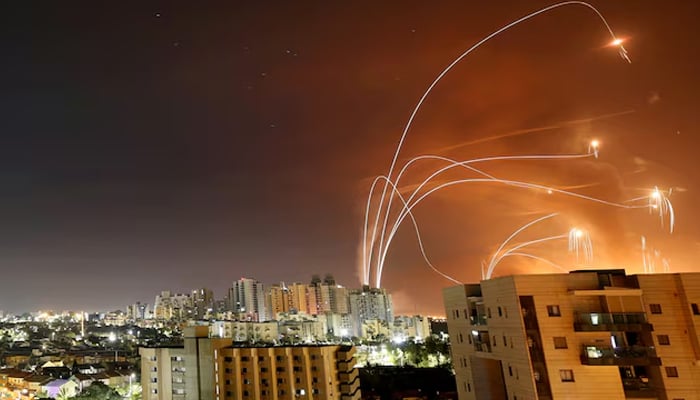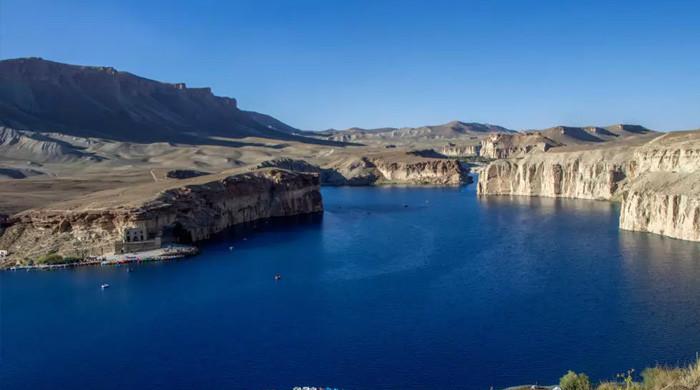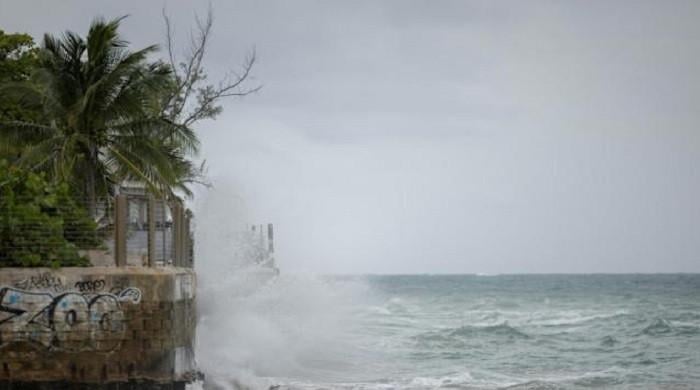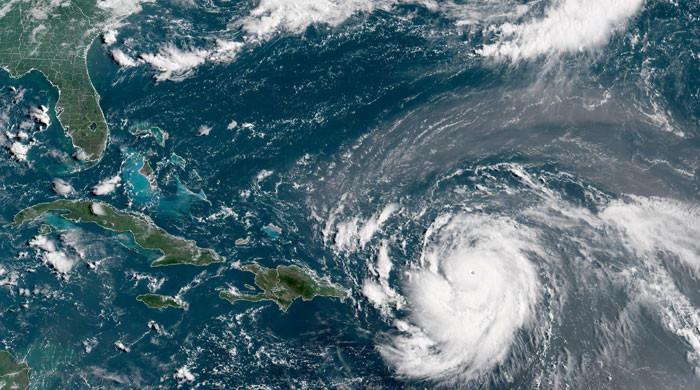Explained: Israel's air defence systems and their operational mechanisms
Iran launches multiple waves of salvoes on Israeli cities but only some missiles have hit targets, killing at least 8 people
June 15, 2025

As Israel and Iran exchange direct strikes in one of the most serious escalations in recent memory, questions are emerging about the effectiveness and structure of Israel’s air defence systems.
With waves of Iranian missiles launched toward Israeli cities and infrastructure, Israel's air defence systems have played a critical — though not flawless — role in intercepting incoming strikes.
Overnight into Sunday, Israel and Iran continued attacks on each other, raising concerns about the potential for a broader conflict. This escalation followed Israel's surprise campaign against Iran, which included a strike on the world’s largest gas field.
In response, Tehran halted nuclear talks that Washington had indicated were crucial for stopping Israel's bombing. Israeli Prime Minister Benjamin Netanyahu stated that the recent attacks were minor compared to what Iran could expect in the coming days.
Meanwhile, Iranian Revolutionary Guards have warned of "heavier" and "more extensive" strikes against Israel if the aggressor continues hostilities.
The two sides have been pounding each other with missile strikes, hitting key defence, energy infrastructure, nuclear, oil facilities besides civilian properties.
Besides nine Iranian nuclear scientists, heads of entire military and its Revolutionary Guards among 215 were killed, while air defences reportedly suffered a massive hit.
Iran has since launched multiple waves of salvoes on Israeli cities but only some missiles have hit targets, killing at least 8 people. This counterattack reportedly overwhelmed Israel's Iron Dome defences.
While analysts predict the war between the two arch-rival nations may continue for weeks, let's dive into Israel's air defence systems and their operational capabilities.
Israel primarily relies on the Iron Dome system, which includes radar equipment to detect incoming projectiles, as well as their speed and direction.
The control centre assesses whether any projectile poses a threat to Israeli towns, and if it does, the missile-firing unit launches interceptor missiles to destroy it. Each launcher contains 20 interceptor missiles, and there are 10 Iron Dome batteries strategically placed throughout Israel.
In addition to the Iron Dome, other defence systems target medium and long-range missiles. The David's Sling system is designed to intercept missiles ranging from 40km (25 miles) to 300km (186 miles), while the Arrow system can intercept missiles with ranges up to 2,400km (1,491 miles).
The key features of Israel's air defence systems are as follows:
Iron Dome
Short range. From 4km to 70km.
- Purpose: Intercept short-range rockets and artillery.
- Components: Tamir interceptor missiles and launcher, radar, control system.
David's Sling
Medium range. From 40km to 300km.
- Purpose: Intercept short-range ballistic missiles, large calibre rockets and cruise missiles.
- Components: Stunner interceptor missiles and a vertical firing unit, radar, operation station.
Arrow System
Long range. Up to 2,400km.
- Purpose: Intercept medium-range ballistic missile.
- Components: Missiles (Arrow 2 for lower altitude and Arrow 3 for higher altitude) and launcher, control centre, battle management centre.
The ongoing conflict has put Israel’s air defence systems under intense pressure and highlighted Iran's might on a global stage. As missile exchanges continue, their effectiveness remains a key factor in how the situation unfolds.











